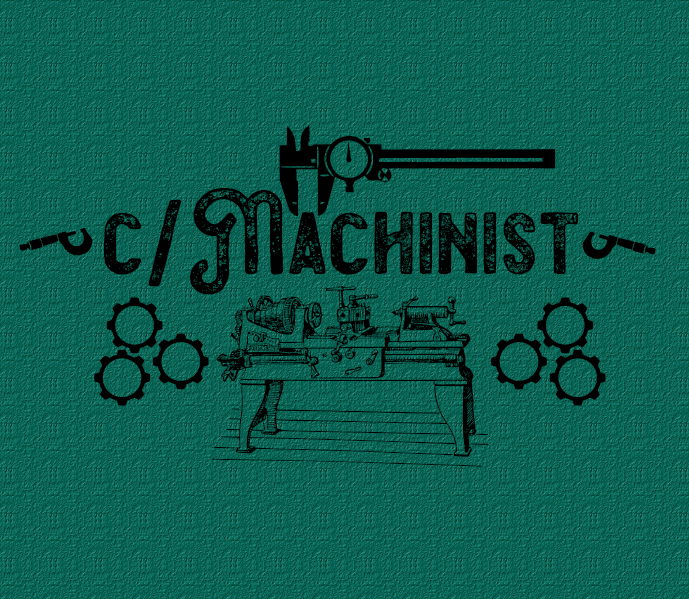Kid’s gotta learn the tricks of the trade somehow
This is why parts end up getting inspected both at the manufacturer and at the customer. Be more efficient just to do it once, but can’t trust them.
Sounds like a machinist I wouldn’t want to do business with, unless I’m missing something here
Half the time any given tolerance isn’t actually important(to the degree they’ve been marked) and are just some standard tolerance placeholder the engineer has put down. Of course, sometimes they are very tight, maybe even tighter than marked. When stuff is integrated it will be worked out.
It’s almost entirely a joke, but I also legitimately get parts that are physically impossible to control inside any of the designed tolerances because of the quality of raw stock. Garbage in, garbage out and all that.
deleted by creator
Removed by mod
Yeah. I don’t do it except when one of the product engineers literally walks down to the shop and says “oh that tolerance doesn’t matter.”. Like, thanks dude, great design practice. Sign here so when your shit doesnt work it’s not my fault.
Oh lords I feel this. Machining plastics and people expect one thou tolerances.
Why not ask the engineers to loosen the tolerances? Changing things behi d their back will only lead to issues down the line
Do you think we have not thought of asking the engineers to loosen the tolerances?
At my job, there’s a lot of times where manufacturing has changed things without breathing a word to engineering
I’m not the person you were replying to.
I used to work in incoming inspection at an aerospace manufacturing company. And now work in technical sales (industrial automation).
If you want the tolerances changed my advice would be to go to the purchaser at your company and suggest that they seek quotes from a different supplier at whatever you think the actual tolerance should be.
Purchasers are often incentivized for cost reductions.
Obviously this only works from a parts receiving context though.
Engineers usually have a “not my problem lol” kind of mindset, in my experience
That’s exactly what inspired me to this meme… I get given prototype lineal profiles up to 12 feet long and they expect hardware locating hole tolerances of .005 on an extruded part that’s warped and wavy probably .030-.060 along it’s entire length… not happening bud, split the difference and ship it.
Price accordingly and it might stop.
“Oh you want a four-meter lathe? Ch-ching, sign here. Gonna build another warehouse on this job.”
Unfortunately its all company internal work, can’t use the stupid tax to make stupid projects go away because that just results in angry yelling meetings.
Just update the tolerances.
I wish it worked that easy lol
Damn dude, you working on this project for two weeks you better have them tolerances in
These prototyping cycles can run for years…
Working a press brake with 1/8th aluminum parts. close enough was something I lived by.
Honestly you sheetmetal guys are way more skilled than most “machinists”/machine operators. Any monkey can get good enough at mental arithmetic to adjust machine offsets, dimensions and calculate F&S in their head. But understanding sheet grains, bend radii, overbend, springback, die clearance, everything necessary to make really tight looking formed parts reliably. that shit is straight up an art form.
I was never a programmer, just an operator, but you have to be VERY good with geometry and being able to imagine the part in three dimensions to read the prints and envision how the part folds up. The people who do programming and all that kind of stuff are pretty fuckin’ smart!
split the diff





